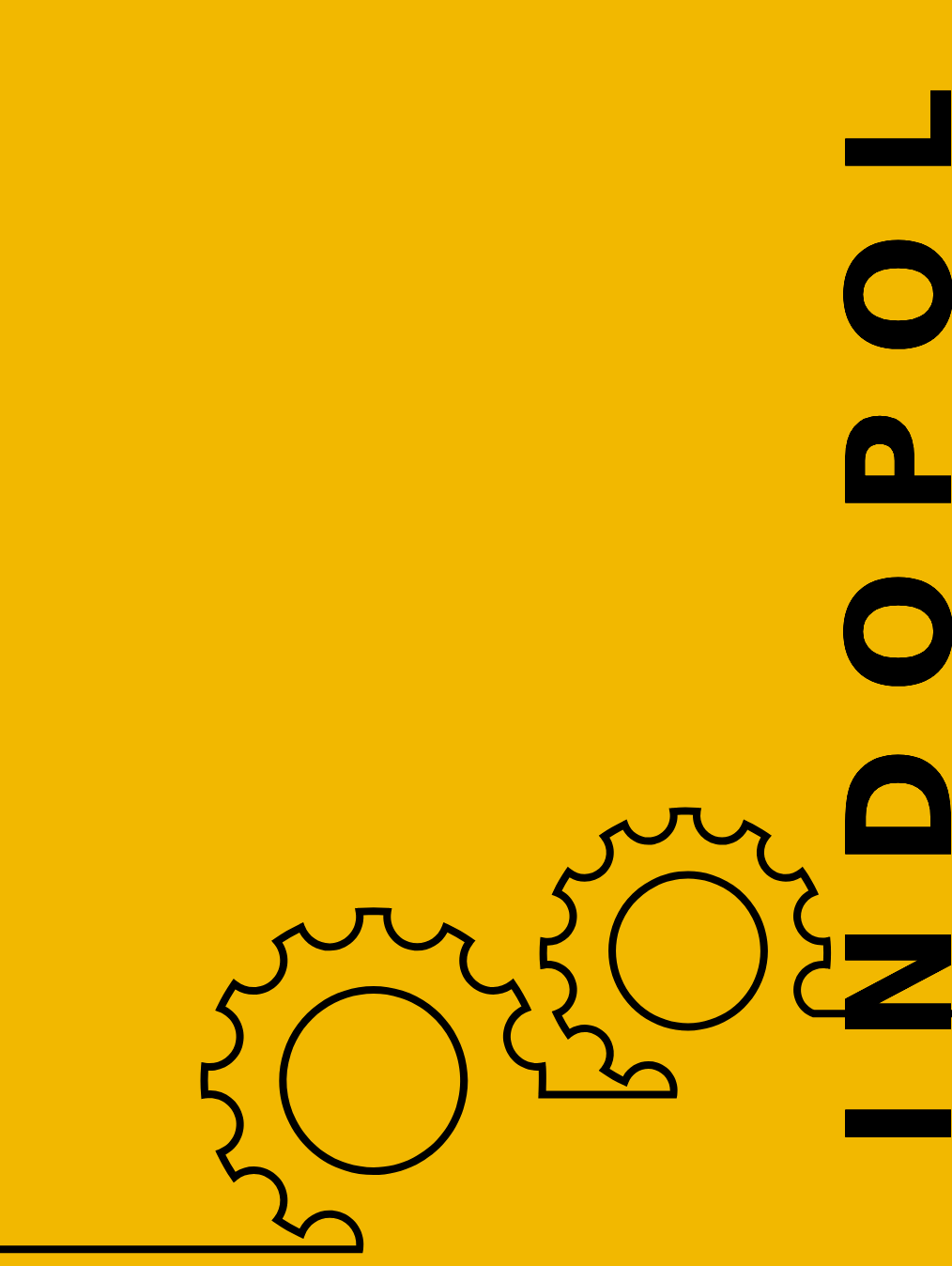Roller Flour Mills

Roller Flour Mills
Our plants are supplied with state-of-the-art wheat milling technology and equipment is procured from a range of industry leaders depending on customer technological and budget preferences.
We have been involved in most of India’s flour milling plants including the largest roller flour mills in India. Our group’s excellent industry standing and contacts in the industry put us in a unique position to procure and install equipment at very favorable rates.
The plant of a modern flour mill has four main functions:
- To store a reserve of wheat.
- To remove all the impurities from the wheat and prepare it for milling
- To mill the wheat and separate flour from the bran and skins of the wheat.
- To store the milled products before dispatch

The cleaning of the wheat is done in three different stages to remove the impurities:
- Pre cleaning before dry wheat storage
- Main cleaning and 1st conditioning
- 2nd conditioning and final cleaning
Pre Cleaning of wheat is done with following machines. The quality of raw product is improved at the first point in the system.
- Classifier Separator with Aspiration Channel to remove staff, straws, small particles, dust etc. by sieving and light impurities by aspiration.
The main cleaning section includes:
- Classifier separator with aspiration channel for fine cleaning
- Scourer to remove surface dirt from the grain.
- Dry Stoner for removing stones and more dense non-ferrous particles.
- Dampening of wheat is done by an Intensive Dampener and water addition controlled by the Automatic Dampening System NC6.2 for optimizing the water addition, which is so important for wheat conditioning prior to milling to maximize extractions.
The Final cleaning is done with machines like:
- Final scouring prior to milling removes surface dirt from the grain and helps to maintain lower ash figures in the flour.
- Cockle cylinder to remove foreign seeds e.g. oats/barley and round seeds.
- Aspirator Separator to remove any left over impurities in the wheat before moving to milling section.
The milling system contains:
- Break passages for gentle breaking of the wheat kernel and production of flour.
- Reduction passages with smooth rolls are employed to reduce semolina into flour.
- The plansifter serves the purpose of separating the product streams into its constituents and directing the various stock qualities to the respective grinding passages.
- Suction pneumatic conveying lines elevate all products in the milling process and reverse jet filter is employed for separation of fine flour particles from the conveying air.

